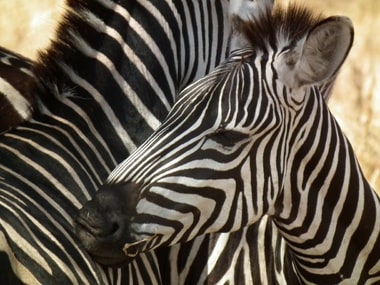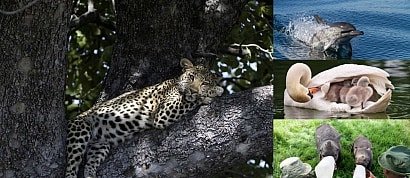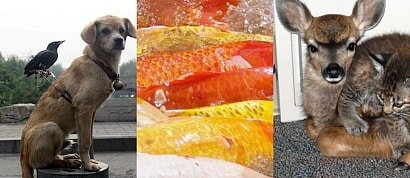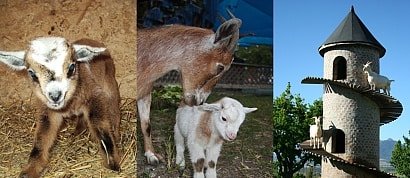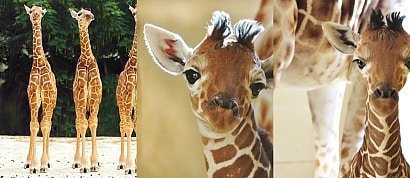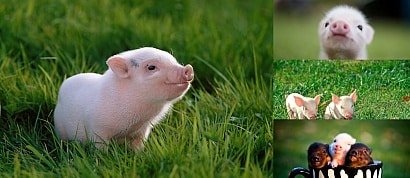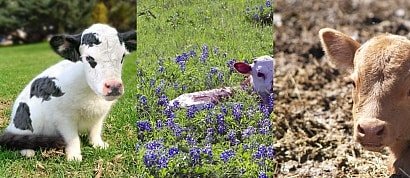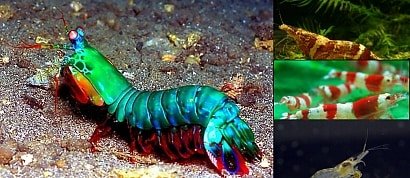A list of my favorite images of zebras.
en.wikipedia.org/wiki/Zebra
Zebras are several species of African equids (horse family) united by their distinctive black and white stripes. Their stripes come in different patterns, unique to each individual. They are generally social animals that live in small harems to large herds. Unlike their closest relatives, horses and donkeys, zebras have never been truly domesticated.
There are three species of zebras: the plains zebra, the Grévy's zebra and the mountain zebra. The plains zebra and the mountain zebra belong to the subgenus Hippotigris but Grévy's zebra is the sole species of subgenus Dolichohippus. The latter resembles an ass, to which it is closely related, while the former two are more horse-like. All three belong to the genus Equus along with other living equids.
The unique stripes of zebras make them one of the animals most familiar to people. They occur in a variety of habitats, such as grasslands, savannas, woodlands, thorny scrublands, mountains and coastal hills.
However, various anthropogenic factors have had a severe impact on zebra populations, in particular hunting for skins and habitat destruction. Grévy's zebra and the mountain zebra are endangered. While plains zebras are much more plentiful, one subspecies, the quagga, became extinct in the late 19th century – though there is currently a plan, called the Quagga Project, that aims to breed zebras that are phenotypically similar to the quagga in a process called breeding back.
Added to
People who voted for this also voted for
Mother of Dragons-Selected Art
Dark Art III
All Facial Expressions in 1 List!
Down by the River
Movie diary May '14
Animal Candids 6
Beautiful Thailand
Animal Candids 12, Odd Friendships
My Playlist - April 2014, part 1
World1
When I was 30... TV diary (Summary)
Godfrey Phillips Cigarette Cards
The Popo, part 4
Animal Candids 11
My Playlist - May 2014
More lists from kathy
Favorite Images of Goats
Favorite Images of Giraffes
Favorite Images of Pigs & Piglets
Favorite Images of Chocolate
Favorite Images of Cattle #1
Favorite Images of Dogs & Puppies #3
Favorite Images of Shrimps
 Login
Login